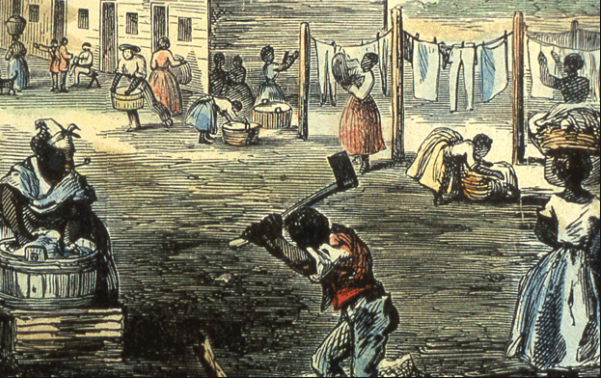
He lives in a cabin, not a house.
Historians Daniel Littlefield, William Dusinberre, and Peter Wood explain that despite the many people who describe slavery living in small, narrow neighborhoods in China, these houses are similar to tiny wooden houses. Still, these colonies are too luxurious for the real one life. Slaves. 18th century African American slaves in Carolina. “Many people enslaved do not live in glass huts and small rooms, but in column huts, usually covered in mud. These huts have no real windows, doors, or floors. Slaves in cabins similar were often drivers, a responsible slave, for watching and punishing other slaves while working in the fields, and many other large houses enslaved, making these dorms extremely overcrowded.
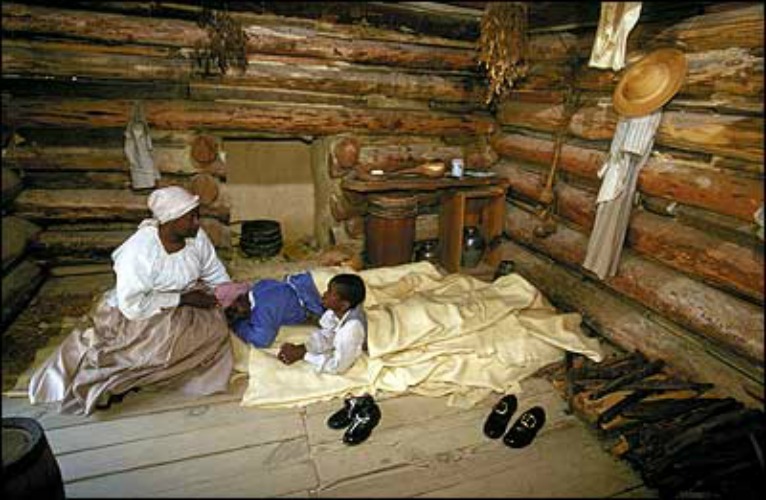
Sleeping on the floor
According to a report issued by PBS, many slaves have only a thin, dirty blanket and cannot sleep, and a new coverage can only be received once a year. Some owners did not even change their sheets often, forcing some slaves to lie on torn blankets covered with small holes. For those who have been enslaved by wealthy owners, they may lie on wooden planks but still have to settle for sheets.
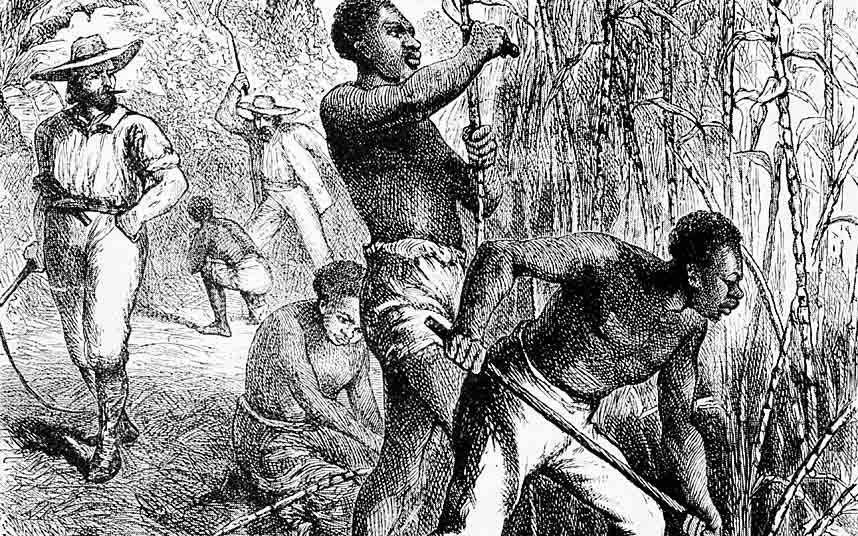
Incredibly long working hours.
According to “The History of South America: Slavery in North Carolina,” the average day for a slave is 16 hours, sometimes more. Since they only work six days a week and only rest on Sundays, this time has increased to almost 100 hours a week.

“Holiday” is too busy.
Although the slave is entitled to Sunday, that day is busy. According to the Life of John Thompson, a refugee; With 25 years of slavery history and God’s escape, “growers rarely provide enough food for slaves, so they need to spend more time on a small plot. Fishing and harvesting their food: enslaved women make clothes for their families because slave owners change their clothes only once a year.
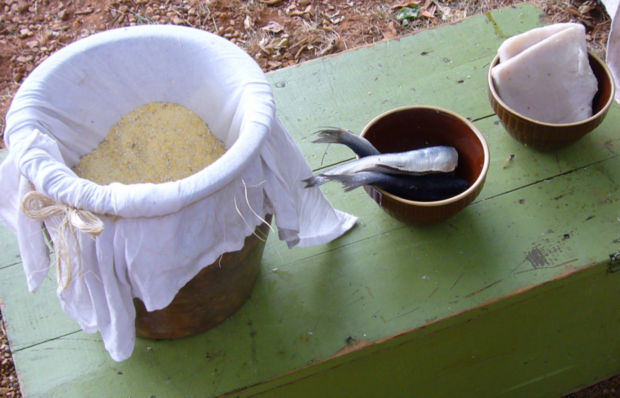
Rarely eat meat
As described in South American history: slavery in North Carolina, slaves, especially those in the Great South, rarely eat meat, unlike the food they sometimes learn in class. “Instead, their diet consists mainly of grains and vegetables.”
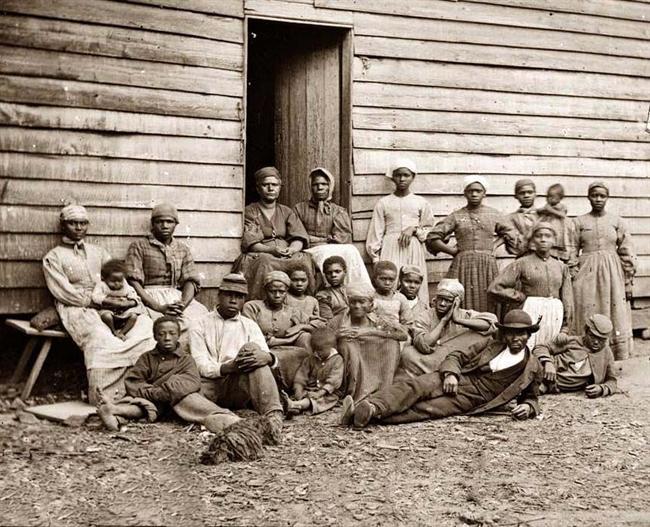
The constant fear of the disease
The daily life of slaves meant a constant fear of deadly diseases. Because many slaves live in such small and narrow communities and lack proper hygiene, they rage in the slave camps. According to research by American historian Gilder Lehrman, the most common diseases and conditions are whooping coughs, diarrhea, respiratory infections, etc.
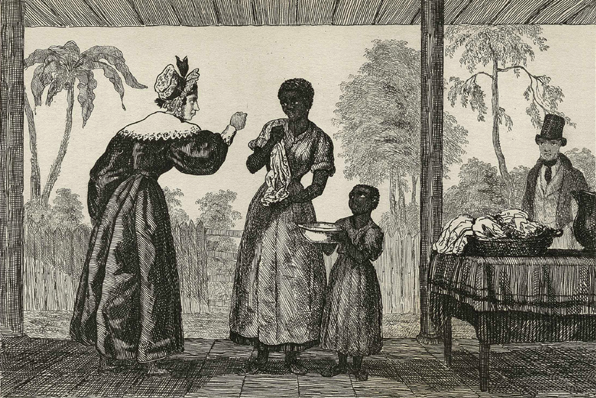
Pregnant slaves punished.
Rarely, an enslaved pregnant woman didn’t find herself punished daily. According to an article in the book “Slavery and Abolition,” even if women are pregnant, they should continue to work as quickly as other slaves. Vol. 26. These generally not possible for these women who have severely punished with lashes.





